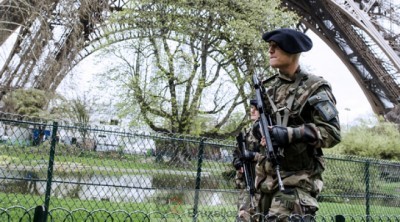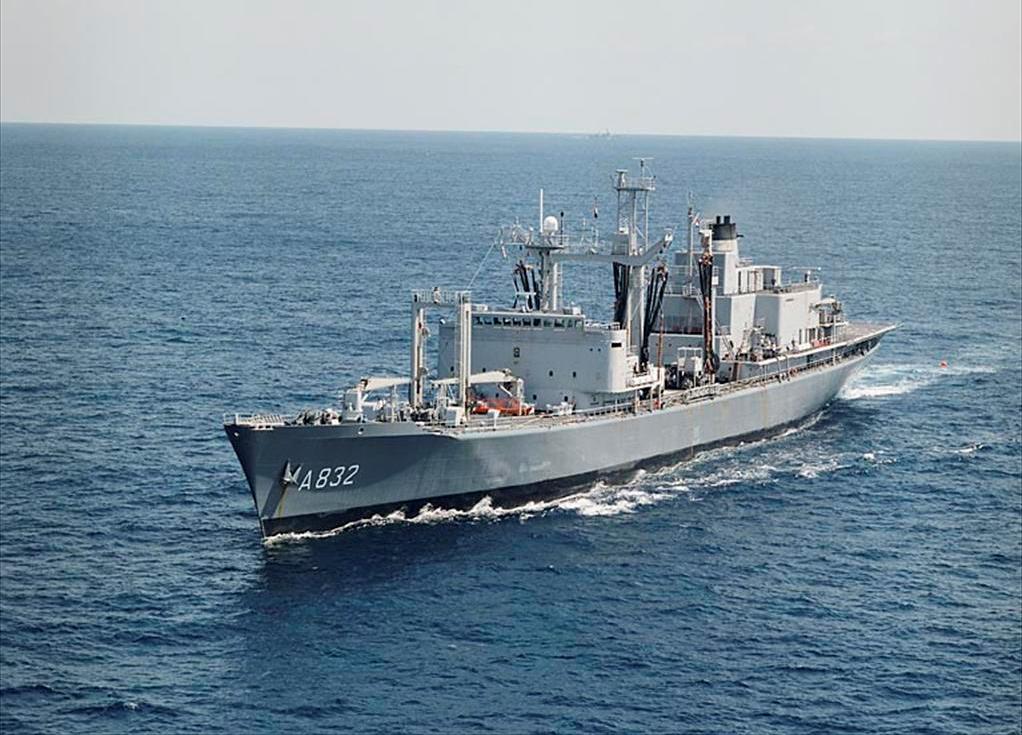Army deployed in France. An “inner operation” of protection

(B2) The French army has been deployed on different points of the territory announced Monday (January 12) the French Minister of Defense after a meeting of the restricted council at the Elysée. " We have decided to mobilize 10.000 men to protect sensitive points by tomorrow evening. The mobilization has begun. It will allow to start the protection of the sensitive points quickly”.
An OpIn as a reference for Opex
On Monday evening, more than 7 soldiers will already be deployed, including around 000 as part of the Vigipirate mission (more than 5 in Ile-de-France and 500 in the rest of France), announces t -on at the Ministry of Defence. The Minister refused to publicly indicate which sites would be protected for " obvious security reasons ».
But he did not deny the exceptional side of the measure. " This is the first time that such a deployment has taken place. It's a real inner operation said Le Drian, referring to the models of external deployment operations (OPEX). Besides " this will mobilize about as many personnel as that mobilized by external operations ».
In fact, it is the entire operational contract provided for in the 2013 White Paper which is thus mobilized.
“In the event of a major crisis, the armies provide support to the internal security and civil security forces, which may involve up to 10 men from the land forces, as well as the appropriate means from the naval and air forces. (...) To fulfill these various protection missions, when necessary, resources will be drawn from our intervention forces. (White Paper 000)
Where do the soldiers come from?
From Monday (January 7), the day of the first attack (at Charlie Hebdo), in fact, the permanent "vigipirate" system which had around 450 soldiers in Ile de France, mainly in stations and main tourist places, is reinforced. The threat level changes to "Vigipirate Attentat", the maximum level.
The rise in power is quite fast. On the very evening of Monday, 150 soldiers arrived from the 21e Marine Infantry Regiment (RIMa) of Fréjus, more accustomed to overseas missions), from 41e Regiment transmissions of Douai and 48e Agen signal regiment.
Thursday (January 8), 250 soldiers come to reinforce the first arrivals, coming from the 1er parachute hunter regiment (RCP) of Pamiers and the 8e Marine infantry paratrooper regiment (RPIMa) of Castres. Saturday (January 9), 250 other soldiers come from 68e African Artillery Regiment (RAA) of La Valbonne, 1er Angoulême Marine Infantry Regiment (RIMa), 126e Infantry regime (RI) of Brive la Gaillarde and 132e canine battalion of the army (BCAT) of Suippes. And, on Sunday (January 10), the day of the great "republican" demonstration, 250 soldiers from the 40e Artillery Regiment (RA) of Suippes, of the 16e battalion of hunters (BC) from Bitche, the Régiment de marche du Tchad (RMT) from Meyenheim and the 13e RG (Valdahon). The workforce deployed on Monday (morning) was thus 1350 soldiers.
How many men (and women) in OPEX or outside mainland France?
The external operations (OPEX) of the French army currently mobilize about 13.000 soldiers (and civilians): about 6000 in "national" operations, mainly in the Central African Republic (Sangaris) and the Sahel (Barkhane); a little over 2000 in "multinational" operations (EUFOR RCA, Iraq, UNIFIL Lebanon...), and 5000 in external bases - Senegal, Gabon, Djibouti, United Arab Emirates (= "presence forces"). To this must be added around 6500 men placed overseas – Reunion, Guyana, Guadeloupe and Martinique (= “sovereign forces) (figures dating from October 2014).
(NGV)


